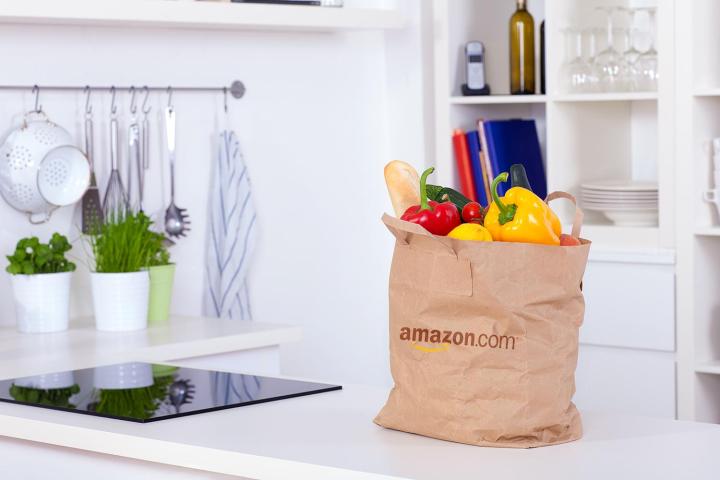
The plan, uncovered by the Wall Street Journal, would see a range of edible items added to its existing Elements brand. The e-commerce giant has reportedly already sought trademark protection in more than 20 product categories, among them milk, coffee, soup, and baby food.
Elements, which launched in December, currently offers baby wipes to Amazon’s $99-a-year Prime members.
As part of its apparently determined plan to become a one-stop shop for just about anything you can think of, the company is said to be in talks with several private-label food makers, including well established TreeHouse Foods, based in Illinois.
The expected move by Amazon to start selling its own line of perishable products won’t come as a major surprise to many observers, after all, private-label goods are a common feature of most major grocery stores these days. In addition, Amazon already offers non-food private-label products via not only Elements, but its Basics brand, too, while experience in the food-delivery business comes via its AmazonFresh and Prime Pantry offerings.
But as the Journal points out, Amazon will have to take extra care if it’s to start creating its own line of ingestible items. Quality has to be assured, a fact it learned to its cost earlier this year when it had to withdraw its private-brand diapers from sale because they were in need of “design improvements.” It really can’t afford to make the same kind of mistake with fresh food.
The market for private-label goods hit an estimated $120 billion in 2014, a tasty figure clearly not lost on Amazon as it prepares to enter the space.


